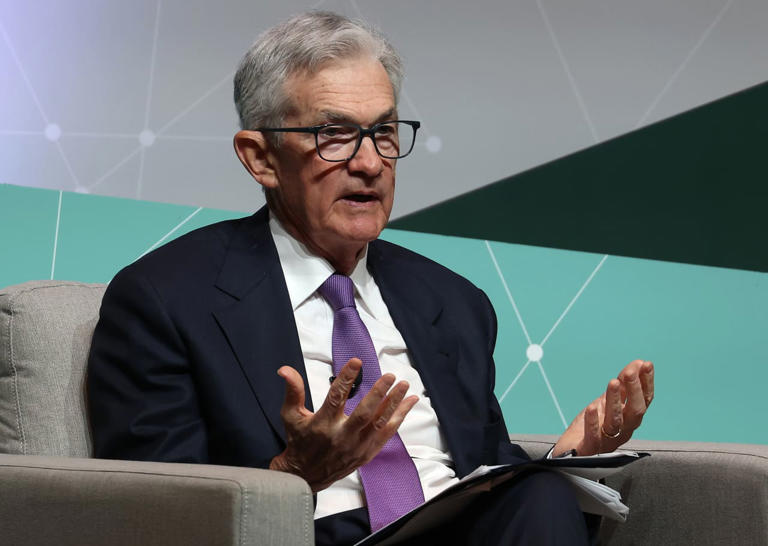Federal Reserve Chair Jerome Powell’s recent comments on the potential for interest rate cuts this year reflect a nuanced approach amidst evolving economic conditions. Powell’s statements, made during the Stanford Business, Government, and Society Forum in California, echoed sentiments expressed by fellow central bank policymakers, suggesting a cautious stance on monetary policy adjustments.
While Powell acknowledged the recent uptick in inflation and other economic indicators, he emphasized that interest rate cuts are still being considered for 2024, albeit with no immediate action planned. This cautious approach underscores the Federal Reserve’s commitment to data-driven decision-making and its recognition of the complex interplay between various economic factors.
Powell’s remarks are part of a broader discourse within the Federal Reserve, with different policymakers offering varying perspectives on the appropriate course of action. Federal Reserve Governor Adriana Kugler, for instance, expressed her expectation of a gradual decline in inflation without a significant economic downturn, paving the way for potential rate cuts later this year. However, Atlanta Fed President Raphael Bostic advocated for a more measured approach, suggesting that a single rate cut may be warranted towards the end of 2024.
The divergence in views among Fed officials underscores the complexity of the economic landscape and the need for flexibility in monetary policy. Key economic indicators, such as the core personal consumption expenditures price index and job growth data, continue to influence the Fed’s outlook. Despite signs of robust economic growth, Powell highlighted the risks associated with both premature and delayed rate cuts, emphasizing the importance of striking the right balance to maintain economic stability.
The Federal Open Market Committee (FOMC) has kept its benchmark rate unchanged since July 2023, with Powell describing the current rate as “tight.” Market expectations and Fed forecasts suggest the possibility of rate cuts, but the timing and magnitude of such adjustments remain uncertain pending further economic developments.
Kugler and Bostic’s cautious optimism about inflation and consumption growth reflects a pragmatic approach to monetary policy, emphasizing the need for careful observation and analysis of economic trends. However, Cleveland Fed President Loretta Mester and San Francisco Fed President Mary Daly highlight the potential risks associated with maintaining high-interest rates for too long, underscoring the importance of balancing economic expansion with inflation management.
As the Federal Reserve continues to monitor economic data and assess the trajectory of inflation and growth, the path forward remains uncertain. Powell’s emphasis on data-driven decision-making underscores the Fed’s commitment to navigating economic challenges with prudence and flexibility. With further remarks expected from other Fed policymakers, including Richmond Fed President Tom Barkin, Chicago Fed President Austan Goolsbee, and Cleveland’s Mester, ongoing discourse will shape the Fed’s approach to monetary policy in the coming months.
